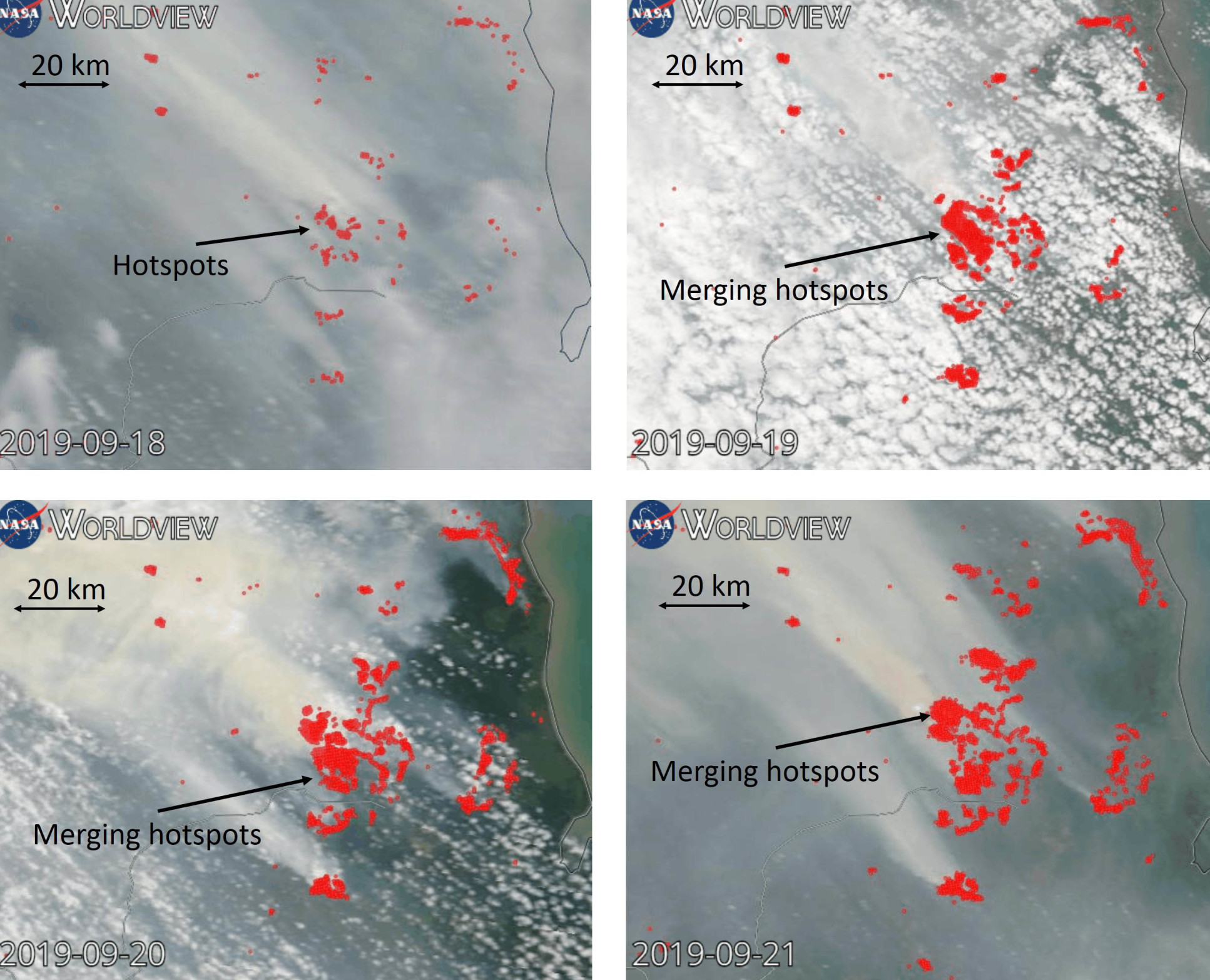Imperial research could dampen the dangers of peatland ‘zombie fires’
Words: Peter Taylor-Whiffen
Context
So-called ‘zombie fires’ – peat fires that appear to have gone out but continue burning underground and then reignite – produce a carbon haze near ground level so toxic that it can damage the environment and prove fatal to humans. Common in south-east Asia, North America and Siberia, these fires can occur naturally as a result, for example, of lightning strikes, but they are also an accepted, deliberate method by which farmers burn off excess vegetation. However they start, the organically rich soil composition of peat means that they smoulder rather than blaze and are incredibly difficult to extinguish.

Background
Having witnessed zombie fires first hand in his native Indonesia, Imperial researcher Dwi Purnomo is examining how soil properties and atmospheric conditions impact the ignition and spread of zombie fires.
“Peatland fires are the most persistent on earth,” says Purnomo. “Flaming fires burn off the vegetation, but once they are extinguished, the peat below continues to smoulder, creating a low-level haze that can release up to 100 times more carbon than flaming fires. And because peat fires have a lower temperature, the smoke remains at a low level, and the pollutants it contains – such as carbon monoxide and ammonia – pervade residential areas and can cause severe respiratory and cardiovascular problems.”
Methodology
Purnomo and his colleague, Professor Guillermo Rein in the Department of Mechanical Engineering, used advanced computer simulations of smouldering and flaming fires in peatland. “We use a form of mathematical modelling called cellular automata, a grid system in which each cell displays unburned and burning cells that are determined based on simple rules. We then calibrated the models with the lab-scale experiments and upscaled to simulate field-scale peatland wildfires.”
Findings
The results were able to pinpoint just how wet the soil needed to be to prevent ignition. “Our analysis showed that where peat soil had 70 per cent moisture content, 2.9 hectares was still burning after three months. If that soil’s moisture was 100 per cent, that spread would have been reduced to just 0.02 hectares.”
Outcomes
The hope is that the research will help landowners find safer ways to clear vegetation in peatlands, by, for example, changing planting schedules on peat areas so they are burnt off during the rainy season. “If landowners know the moisture level at which the soil ignites, as our model demonstrates, they can manage that and make the whole process much less harmful. The aim is that we eventually see peatlands safe from fire hazards, which would positively affect climate change. I will be using this model as a baseline for future research incorporating meteorological and topological conditions; we are one step closer to the solution.”
Dwi Purnomo is a research student in Hazelab, part of the Department of Mechanical Engineering.